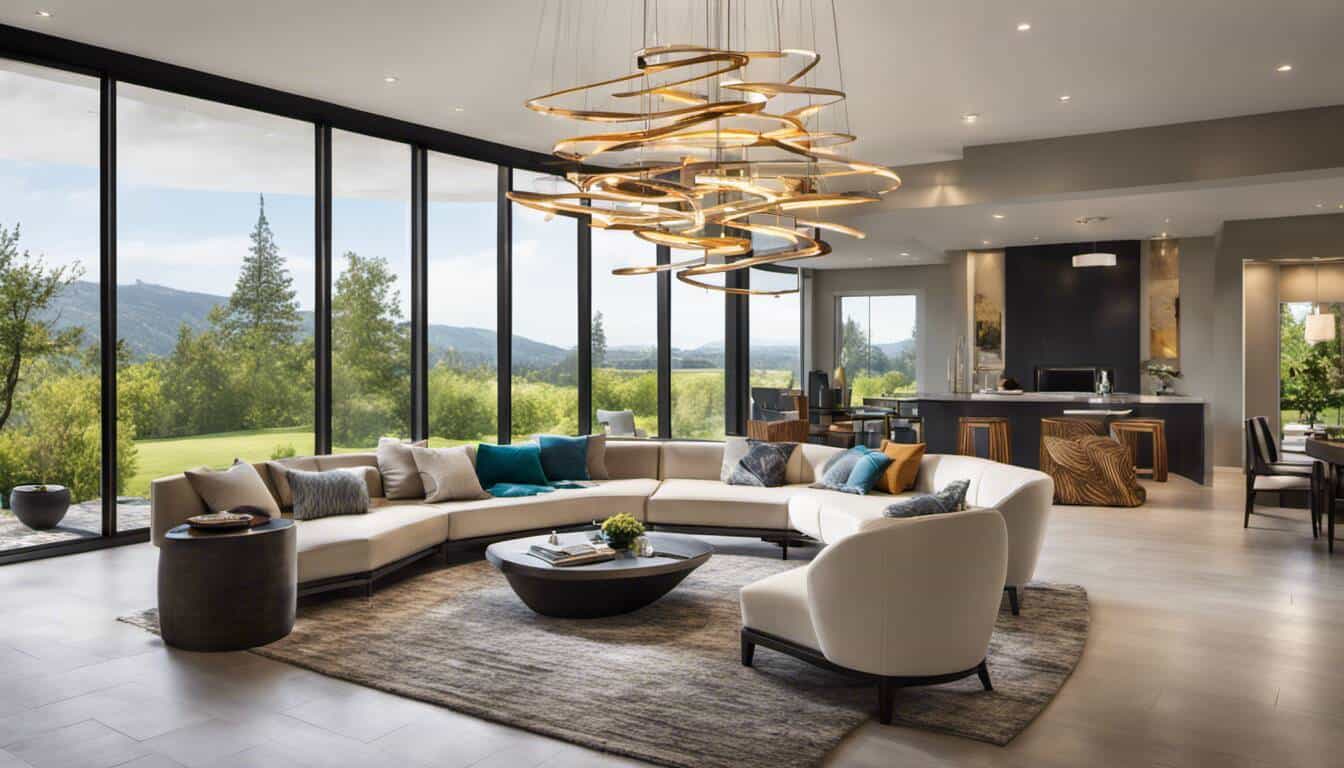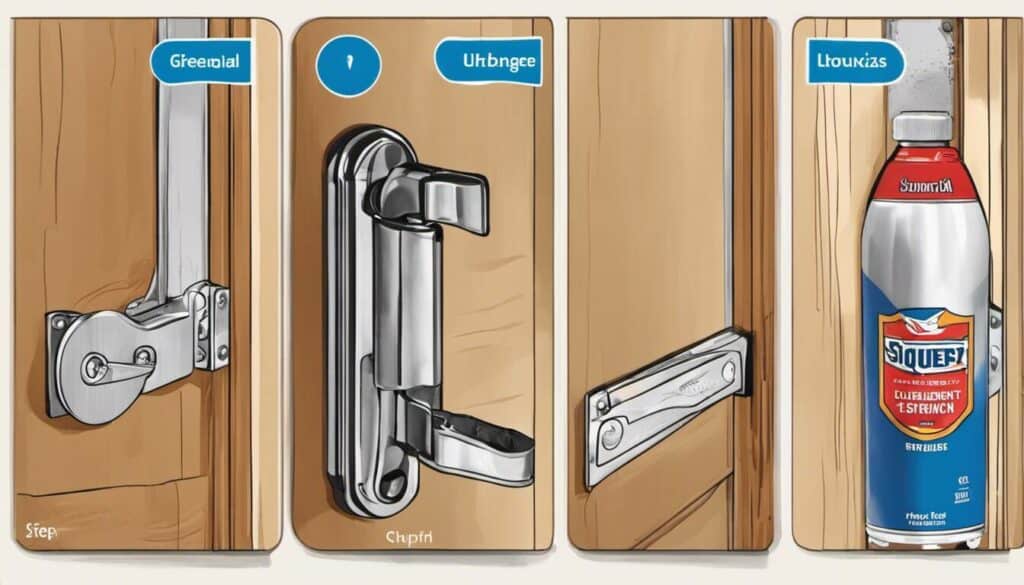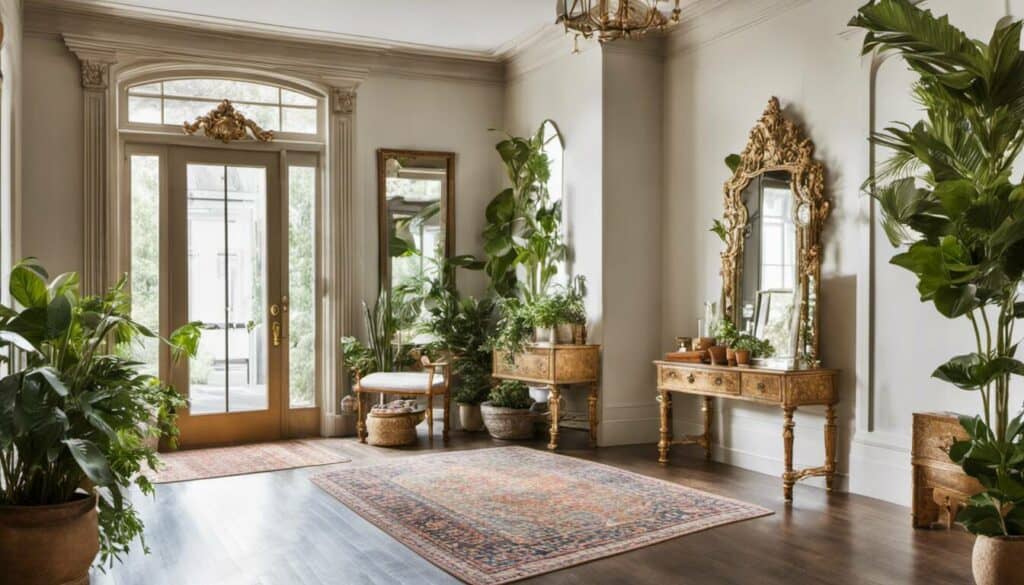Escaping the dim shadows of outdated ceiling lights was a must for me. Like many homeowners, I wanted to brighten up my living space with a modern touch. I share how I revamped my home’s ambiance by upgrading those old ceiling lights. Trust me, the process was surprisingly straightforward and far less scary than I initially imagined.
The article “When I Ditched My Old Ceiling Lights” on our website is about a DIY project to upgrade old can ceiling lights to energy-efficient recessed LED lights with no rewiring required. It provides step-by-step instructions on how to complete this easy, budget-friendly project, and highlights the benefits of using LED lights over traditional incandescent bulbs or compact fluorescent (CFL) bulbs.

“Lighting, often underestimated, plays a critical role in setting the mood and usefulness of our living spaces. Always consider factors like a room’s purpose, its occupant’s preferences and your home’s overall aesthetic when choosing your fixture’s style and bulb type. Being aware of energy consumption and choosing LED lights can also be a smart and sustainable choice.”
Ajay Nicastro , Veteran Lighting Designer
Reasons to Swap Old Ceiling Lights for LEDs
Are you tired of your outdated ceiling lights? Do they consume excessive energy and produce unwanted heat? Well, it might be time to consider swapping them out for LED lights. Not only will this upgrade modernize your home’s lighting, but it also comes with a range of benefits that make it a worthwhile investment. Let’s explore some compelling reasons to make the switch.
First and foremost, energy efficiency is a major driving factor behind the decision to swap old ceiling lights for LEDs. Traditional incandescent light bulbs were notorious for their inefficiency, consuming a significant amount of electricity and converting much of it into heat rather than light. On the other hand, LED lights are highly efficient, using minimal energy while producing bright and vibrant illumination. By making the switch, you can significantly reduce your energy consumption and save money on your utility bills.
Secondly, longevity is another key benefit of LED lights. Traditional bulbs tend to burn out quickly, requiring frequent replacements. With an average lifespan of up to 20,000 hours or more, LED lights are incredibly durable and long-lasting. This means fewer trips to the store and less hassle in replacing burnt-out bulbs.
Moreover, LED lights are environmentally friendly. They do not contain harmful substances like mercury, which can be found in compact fluorescent (CFL) bulbs. Switching to LED lights helps reduce your carbon footprint and contribute to a greener planet.
Additionally, LED lights offer superior lighting quality compared to traditional options. They provide brighter illumination without flickering or buzzing noises often associated with older light technologies. With LED lights, you can create a well-lit space that enhances the aesthetics of any room in your home.
- LED lights are a smart investment for modernizing your home’s lighting system. They offer numerous benefits, including energy efficiency, longevity, environmental friendliness, and superior lighting quality. By making the switch to LED lights, homeowners can save money on utility bills, reduce their carbon footprint, and create a well-lit space that complements the aesthetics of their home.
Advantages of Upgrading to LED Lights
When it comes to upgrading your home lighting, LED lights come out on top in terms of advantages. Let’s take a closer look at some of the key benefits you can expect when you make the switch.
One significant advantage is energy efficiency, which we touched upon earlier. LED lights are designed to use less electricity while producing bright and focused illumination. This translates into reduced energy consumption and lower electricity bills over time. By choosing LED lights, you can make a positive impact on both your wallet and the environment.
Another advantage is longevity. Unlike traditional bulbs that burn out quickly, LED lights have an exceptional lifespan of up to 20,000 hours or more. This means you won’t need to worry about constantly replacing burnt-out bulbs, saving you time and money in the long run.
Additionally, LED lights are highly durable and resistant to shock or vibration. This makes them ideal for various applications, including ceiling lights, where stability is important.
Furthermore, LED lights do not emit excessive heat like incandescent bulbs. This not only makes them safer to use but also helps keep your home cooler during the summer months.
LED lights are also incredibly versatile in terms of design and functionality. They come in various shapes, sizes, and colors, allowing you to customize your lighting setup according to your preferences and decor style. From ceiling fans with integrated LED lights to standalone fixtures, the options are endless. Whether you’re looking for dimmable options or specific color temperatures, there’s an LED light solution for every room in your home.
For example, imagine upgrading the lighting in your kitchen to LED recessed lights. The bright and focused illumination provided by these lights can enhance your cooking experience and make food preparation a breeze.
With their energy efficiency, longevity, durability, heat reduction, and versatility, upgrading to LED lights is an excellent choice for modernizing your home’s lighting. By making the switch, you’ll not only enjoy a better lighting experience but also reap the long-term benefits of cost savings and environmental impact.
Energy Efficiency of LEDs
When it comes to modernizing your home lighting, one of the key factors to consider is energy efficiency. Traditional incandescent bulbs were notorious for their inefficiency and excessive heat production. Thankfully, Light-Emitting Diode (LED) lights have revolutionized the lighting industry with their remarkable energy efficiency.
Think of LED lights as the “marathon runners” of the lighting world – they are highly efficient, consuming significantly less energy while providing ample illumination. In fact, when comparing LED vs CFL bulbs, LEDs consistently come out on top in terms of energy efficiency and longevity. This translates into lower electricity bills and a reduced carbon footprint, making LED lights an environmentally friendly choice.
Not only do LED lights require less energy to operate, but they also have a significantly longer lifespan compared to traditional bulbs. With an average lifespan of up to 20,000 hours, LED lights can last for many years without needing replacement. This durability not only saves you money in the long run but also reduces the frequency of hazardous waste disposal associated with expired bulbs.
By choosing LED lights to upgrade your old ceiling fixtures, you’ll be taking an important step towards achieving a more sustainable and cost-effective lighting solution for your home.
- According to Energy Star, using LED lights can save up to 75% energy compared to incandescent lighting.
- The Department of Energy reports that widespread use of LED lighting by 2027 could save the equivalent annual electrical output of 44 large electric power plants (1000 megawatts each).
- In a study published in the Journal of Environmental Management in 2018, it is found that the use of LED lighting reduces carbon emissions by up to 40%.
Affordability of LED Lights
While energy efficiency is important, we understand that affordability is also a significant factor when considering upgrading your old ceiling lights. In the past, LED lights were quite expensive compared to traditional options like incandescent or compact fluorescent lamps (CFLs). However, times have changed.
Let’s take a moment to consider Jenny’s dilemma. She wanted to upgrade her outdated ceiling lights to something more modern and efficient but was concerned about the cost. After doing some research, she was pleasantly surprised to find that the price of LED light bulbs had drastically decreased over the years.
Today, you can find a wide range of affordable LED light options that cater to various budgets and preferences. Whether you’re looking for recessed lights or flush mount fixtures, there are LED options available at different price points. Some LED fixtures even come with smart features, making them excellent home gadgets for tech-savvy homeowners. Brands like Philips, Cree, and GE offer affordable LED bulbs that deliver excellent performance and longevity.
When making your purchase, it’s important to consider the long-term benefits and cost savings that come with LED lights. Although the initial investment may be slightly higher compared to traditional bulbs, the energy efficiency and longer lifespan of LEDs make them a better investment over time. With reduced energy consumption and less frequent bulb replacements, you’ll see significant savings on your electricity bills and maintenance costs.
Versatility of LED Lighting Designs
LED lighting has revolutionized the way we illuminate our homes, offering a wide range of versatile designs to suit any style or preference. Whether you’re aiming for a sleek and modern look or a cozy and traditional ambiance, LED lights have you covered. From recessed lights and track lighting to pendant lights and chandeliers, there is an LED option for every room in your home.
Imagine transforming your living room from dull and uninspiring to a vibrant and inviting space with the simple installation of LED strip lights along the perimeter of your ceiling. These versatile lighting options can add depth and character to any room. The possibilities are endless when it comes to creating a personalized and unique lighting design using LED technology.
With LED lights, you can also experiment with various color temperatures and dimming options to set the desired mood in different areas of your home. Whether you prefer warm, soft lighting for relaxing evenings or bright, cool lighting for focused tasks, LED bulbs offer flexibility that traditional incandescent bulbs simply cannot match.
Now that we’ve discussed the versatility of LED lighting designs, let’s dive into a step-by-step guide on how to change your old traditional bulbs to energy-efficient LEDs.
Step-by-Step Guide to Changing Traditional Bulbs to LEDs
Upgrading your old ceiling lights to energy-efficient LED bulbs is not only beneficial for the environment but also for your wallet in the long run. The process is relatively simple and can be done as a DIY project without the need for rewiring.
- Assess Your Current Lighting Setup: Take note of your existing light fixtures and determine if they are compatible with LED bulbs. Most traditional fixtures can be easily switched out with LED equivalents, such as A19 bulbs or BR30 floodlights.
- Choose the Right LED Bulbs: Consider factors like brightness (measured in lumens), color temperature (ranging from warm white to cool daylight), and dimmability. LED bulbs are available in various shapes and sizes to fit different fixtures, so make sure you select the appropriate ones.
- Turn off the Power: Before starting any electrical work, turn off the power to the circuit you’ll be working on by switching off the corresponding breaker in your electrical panel.
- Remove Old Bulbs: Carefully unscrew and remove the old incandescent or CFL bulbs from their sockets. Take this opportunity to clean the fixtures if necessary.
- Screw in LED Bulbs: Screw in the new LED bulbs into the empty sockets, ensuring a secure and snug fit. Avoid overtightening as it could damage the bulb or fixture.
- Test and Enjoy: Once all the LED bulbs are installed, turn on the power and test each light to ensure they illuminate properly. Bask in the energy efficiency, longevity, and improved quality of light that LED technology provides.
By following these simple steps, you can transform your home’s lighting while reducing energy consumption and saving money on your electricity bills.
Essential Tips for Installing Dimmable LED Fixtures
Upgrading your old ceiling lights to modern dimmable LED fixtures can significantly enhance the ambiance and energy efficiency of your home. However, it’s important to have a clear understanding of the installation process to ensure a successful upgrade. Here are some essential tips to keep in mind when installing dimmable LED fixtures:
- Choose compatible bulbs and dimmer switches: Not all LED bulbs are compatible with all dimmer switches. Before making a purchase, check the product specifications to ensure that the bulbs and the dimmer switch you select are compatible with each other. Using incompatible components can lead to flickering lights or even damage to the bulbs or switches.
- Check wiring compatibility: It’s crucial to assess whether your existing wiring is suitable for dimmable LED fixtures. Older homes may have wiring configurations that are not compatible with these modern fixtures. If you’re unsure about the compatibility, it’s recommended to consult a licensed electrician who can assess and make any necessary modifications.
- Ensure proper insulation clearance: LED fixtures produce less heat compared to traditional incandescent lights, but they still generate some warmth. It’s important to verify that there is adequate clearance between the fixture and any insulation material in your ceiling. Insufficient clearance can lead to overheating and potential fire hazards.
- Follow manufacturer instructions: Each dimmable LED fixture may come with unique installation instructions from the manufacturer. It’s crucial to carefully read and follow these instructions to ensure proper installation and avoid any potential issues.
- Consider professional installation: If you don’t have experience with electrical work or feel uncertain about tackling the installation yourself, it’s best to hire a licensed electrician for safe and efficient installation. They have the expertise and knowledge to handle any challenges that may arise during the process.
Remember, safety should always be a top priority when working with electrical components. If you are unsure or uncomfortable with any aspect of the installation process, it’s better to seek professional help to ensure a successful and safe upgrade to dimmable LED fixtures in your home.





I’ve also transitioned from the dated ceiling lights to modern ones for my clients. Can confirm that it not only adds aesthetic appeal but transforms the overall ambiance of the space significantly.
Indeed, Fabiana, an upgraded lighting setup can dramatically alter a room’s ambiance; I’ve seen it transform monotonous rooms into dynamic spaces through my work as an electrician.
Just a couple of months ago, I refurbishing the wooden beams on my ceiling when I decided it was time to update the old brass chandeliers too. The transformation managed to enhance both the functionality and aesthetics of my interiors thousandfold, aligning perfectly well with the rustic yet chic theme of my abode.
Having modernized my own abode’s lighting system last summer, I can vouch for the incredible difference it makes. My personal preference veered towards sleek pendant lights with warm tones complementing the minimalist theme of my living room. The ambiance progression feels magical every evening; it’s more like attending an event than returning to a mundane interior!
I echo Zephyr’s sentiments about the life-changing effects of modern light fixtures. But do remember to mind the technical nuances while installing pendant lights – they sometimes require extensive adjustments, especially if your house is as old as mine!